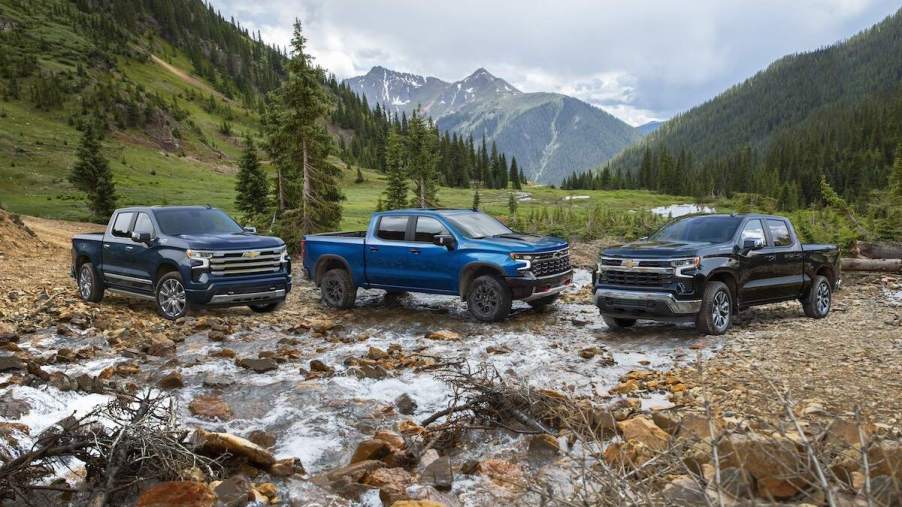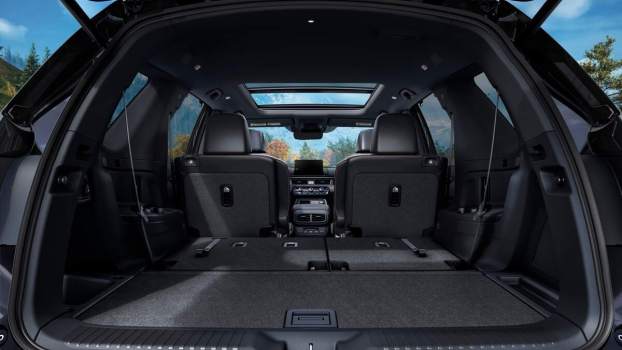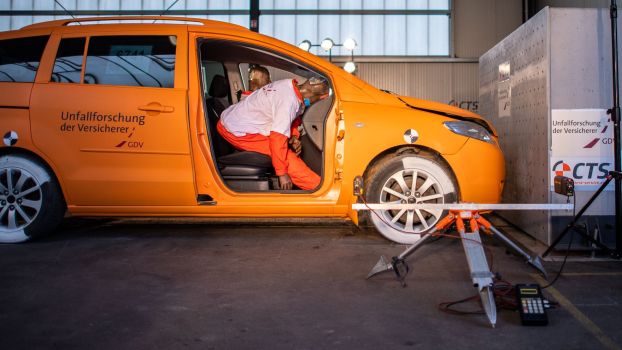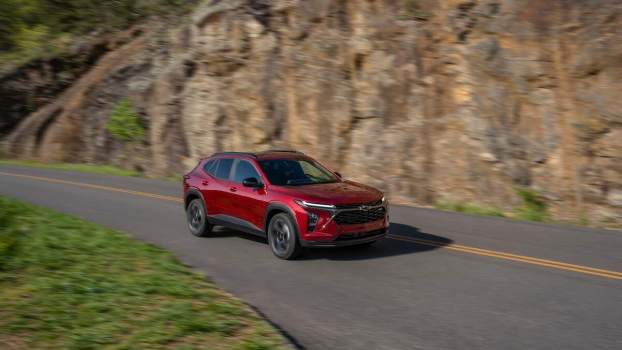
IIHS Finds Concerning Safety Flaw in Full-Size Trucks
When it comes to car safety, bigger should be better. And though full-size trucks are generally safe, you should know about one flaw. However, some full-size truck models performed better than others in recent IIHS testing. How did your favorite brand score?
Full-size trucks feel safe because of their size

With their large size, commanding view of the road, and spacious cabs, full-size trucks feel safer than smaller vehicles. Over the past few decades, automakers have improved vehicle safety systems. However, the Insurance Institute for Highway Safety (IIHS) recently changed its testing standards.
The new standards focus heavily on rear passenger safety. Not because today’s vehicles don’t protect rear passengers but because improving safety standards increased front passenger protection. However, the new IIHS standards make it more difficult for vehicles to achieve top safety ratings.
IIHS testing shows rear passenger safety is a major concern
Rear-passenger submarining during the IIHS’s updated moderate overlap front crash test is the most significant cause for concern. Submarining, defined as “sliding forward beneath the lap belt,” increases injury risk, particularly to the abdomen. All the 2023 model year full-size trucks that the IIHS tested — the Ford F-150, Chevy Silverado 1500, Ram 1500, and Toyota Tundra with crew cabs — achieved a Poor rating for rear passenger restraints in this test.
In addition, the IIHS updated its side impact test for the 2023 model year. The new evaluation uses a heavier barrier at higher speeds, simulating a larger, faster oncoming vehicle than previous tests. Three of the four full-size trucks tested achieved a Good rating for rear passenger safety in the updated evaluation.
Not all full-size trucks scored the same safety ratings
In the updated side impact test, the Ram and Tundra achieved Good ratings for rear passenger safety. The F-150’s passenger compartment was “compromised slightly,” resulting in a lower Acceptable rating for rear passenger head protection. The Silverado scored a lower Marginal rating for rear passenger torso protection. Overall, the F-150, Ram, and Tundra earned Good ratings, while the Silverado received an Acceptable for the side impact test.
All four trucks scored Poor for rear passenger restraints during the moderate overlap front crash test. The F-150 and Ram were rated Poor for rear passenger chest, head, and neck injuries. The Silverado got Marginal ratings in the same categories, and the Tundra scored Marginal for chest injuries and Acceptable for head and neck protection. Only the Tundra earned a slightly higher Marginal rating overall, with the other three full-size trucks rated Poor for the test.
Though these results look concerning, they don’t mean these 2023 full-size trucks are less safe than a 2022 model or don’t protect passengers. The updated tests aim to encourage automakers to improve rear passenger safety the way they enhanced front passenger safety in recent years. While front passengers enjoy features like advanced airbags and updated seat belts, those refinements are seldom included for rear passengers. However, the IIHS reminds us that the back seat remains the safest place for kids with proper placement in child safety seats.






